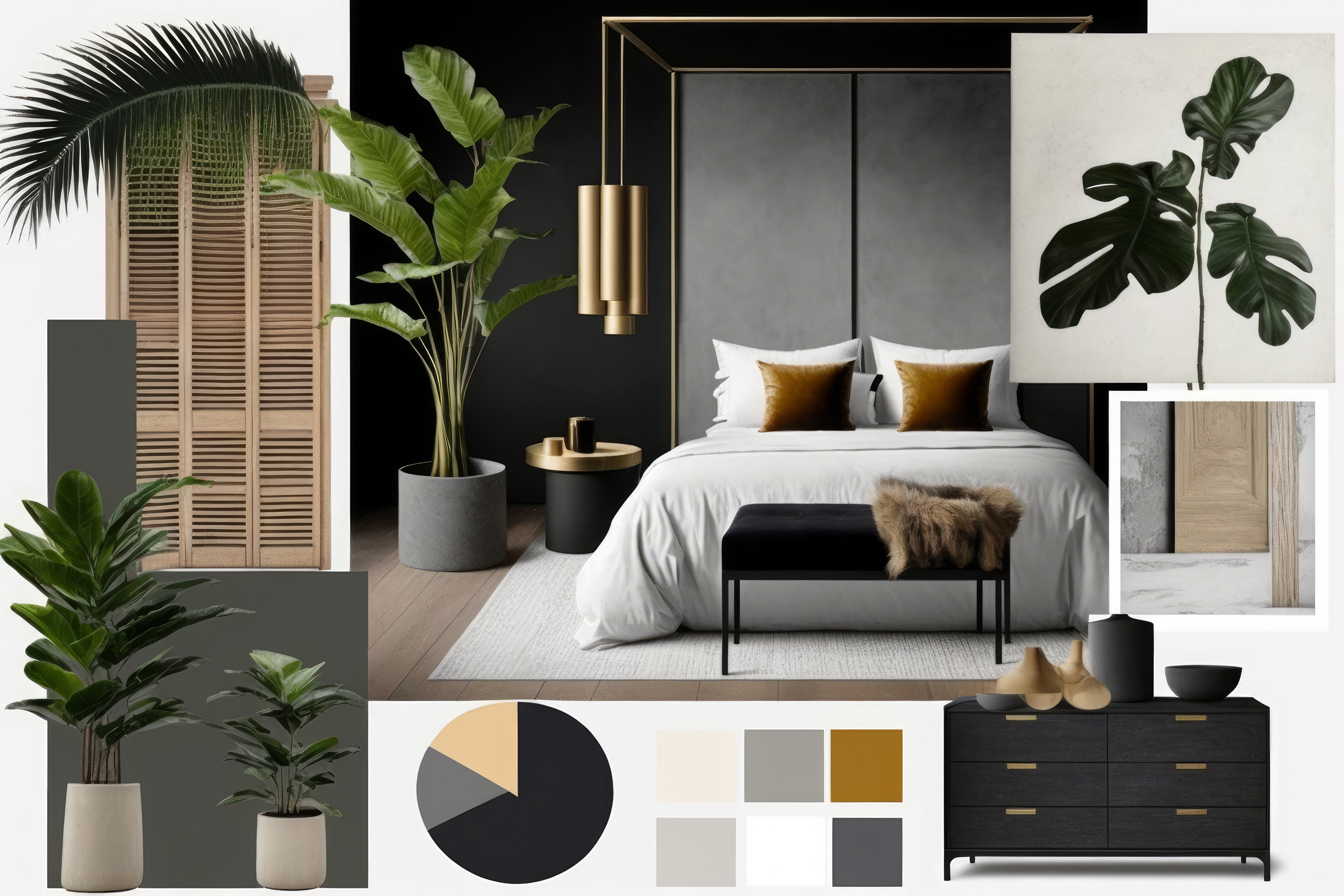
Designing Your Dream Home: Tips To Visualise And Realise Your Ideal Living Space
The journey towards designing your dream home is more than just a construction project; it's a deeply personal endeavour that shapes the backdrop of your life. The space you inhabit significantly impacts your mood, productivity, and well-being, making the design process a critical aspect of creating a home that truly resonates with you.
This article aims to guide you through the process of visualising and realising your ideal living space, providing practical tips and insights to help you navigate the exciting journey ahead.
1. Considering Your Needs And Lifestyle
The cornerstone of successful home design lies in its ability to reflect and accommodate your unique lifestyle and needs. Customised home designs offer the flexibility to create a living space that aligns with your daily routines, personal preferences, and long-term goals. Whether you're an avid cook needing a spacious kitchen or a work-from-home professional requiring a quiet home office, your lifestyle should dictate your design choices.
Start by identifying your non-negotiables. List the activities you frequently engage in, the number of rooms you need, and any specific features you desire. Consider future needs as well, such as a growing family or ageing in place.
2. Visualising Your Home Design
The first step towards designing your dream home is to find inspiration. Look to home design magazines, websites, TV shows, architectural landmarks, nature, your travels, and various social media platforms for ideas. These sources can ignite your creativity and offer a wealth of concepts to consider.
Once you've gathered some ideas, it's time to organise them. Use digital tools or a physical scrapbook to categorise them by room or design element, such as colour schemes or furniture styles. Make sure to regularly review and refine your collection, keeping only those ideas that truly resonate with your vision.
The next challenge is turning these abstract ideas into a concrete design. This is where tools like mood boards and 3D modelling software come in. Mood boards allow you to visually conceptualise your design, while 3D modelling offers a more immersive experience, enabling you to explore your design in a virtual space.
3. Working With Professionals
As you start to execute your initial plans, collaborating with professionals such as architects, interior designers, and builders can be invaluable.
Architects bring your vision to life through detailed plans, ensuring the structural integrity of your home. Interior designers, on the other hand, focus on the aesthetics and functionality of your living spaces, harmonising your personal style with practical needs. Builders execute these plans, transforming ideas into physical reality.
Be clear and specific about your expectations and needs. Share your inspiration sources and discuss your lifestyle and preferences in detail. Keep in mind that home design is often iterative and not strictly linear. Professionals can provide insights and practical knowledge that might lead to modifications in your original design.
4. Budgeting And Planning
To set a realistic budget, start by researching the costs of similar projects, getting quotes from various professionals, and understanding the typical cost ranges for materials and labour. A well-planned budget considers all aspects, from construction costs to interior finishes, and even contingency funds for unexpected expenses.
Start by determining your total budget for the project. Break it down into categories such as construction, interior design, and landscaping. Remember that while having an initial budget is necessary, this might need to be adjusted as the project progresses and more precise cost information becomes available. Regularly review and adjust your budget as the project progresses to keep your finances in check.
5. Making Design Decisions
Design decisions shape the look and feel of your home. Major elements like layout determine the flow and functionality of your space, while minor details like finishes add character and style. Each decision, big or small, contributes to the overall aesthetic and comfort of your home.
Balancing aesthetics, functionality, and cost can be challenging. Prioritise based on your needs and non-negotiables. For instance, invest in high-quality materials for high-traffic areas for durability, but consider cost-effective options for less utilised spaces. Remember, the most expensive choice isn't always the best. Consider the value and longevity each decision brings to your home.
6. Overcoming Common Challenges
Home design is an exciting journey, but it's not without its challenges. Limited space can constrain your design options, while budget constraints may require you to make tough decisions on where to invest and where to save. Other challenges may include navigating building codes and regulations or dealing with unexpected issues during construction.
For limited spaces, consider designs that maximise functionality. Multi-purpose furniture and smart storage solutions can make a small space feel larger and more efficient. As for budget constraints, prioritise your spending based on your needs and the value each element brings to your home. Engage professionals early to help navigate building codes and anticipate potential construction issues.
7. Bringing Your Home Design To Life
Turning your design into reality is a multi-stage process that begins with construction. This is where your plans take physical form, from the foundation to the walls and roof. Once the structure is complete, interior work begins, including installation of utilities, painting, and fitting of fixtures. Finally, decoration brings your personal style to the forefront, transforming the house into your home.
Managing this process effectively requires clear communication, regular site visits, and staying on top of budgets and timelines. Don't hesitate to ask questions and raise concerns. Remember, this is your dream home, and every detail matters.
Conclusion
Designing your dream home is a journey of self-discovery and creativity. This journey may seem overwhelming, but with careful planning and the right support, it's an incredibly rewarding experience. So, start dreaming, start planning, and take the first step towards designing your dream home today.